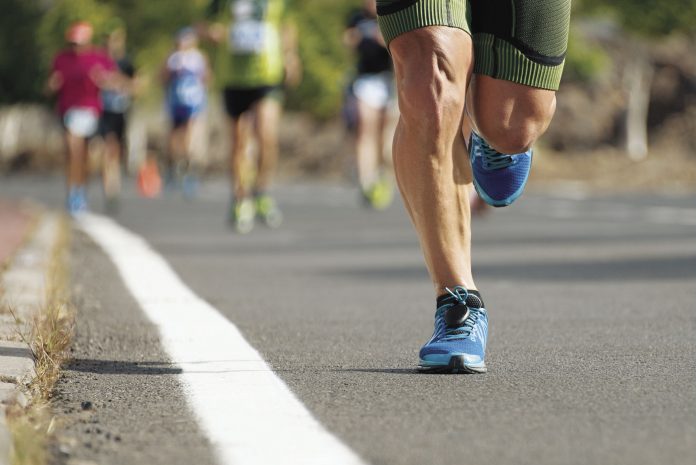It took 160 hours of training for a 7 ½ minute improvement. To set a personal-record (PR) at the California International Marathon (CIM) in Sacramento on Dec. 4, I had to train harder than ever. That meant running 60 miles a week, six days a week (Sunday was my lone day off). My “recovery” runs were anywhere from 7 to 8 miles.
At points along the journey, every part of my lower extremities ached and cried out to stop. When I started training for the CIM in August—my fourth time tackling the 26.2-mile distance—I knew if I wanted to set a PR and not hit the dreaded wall—the part of the marathon (usually after mile 20) when muscle fatigue sets in and the race goes from hard to downright excruciating—it would simply come down to good old fashioned hard work.
In my previous three marathons, I averaged 40 miles a week in training. That simply wasn’t enough. To run your best race yet, you need to maximize your aerobic engine. And the only way that can happen is by putting in more volume (read: more miles). The beauty of running is you’ll simply improve by running more.
People often wonder how I could run six times a week, 60 miles a week. I never ran cross country or track in high school because I lacked confidence from knowing there was so many people in school faster than me. The same rings true today: I’m far from an elite athlete; however, nothing will prevent me from maximizing my running potential.
Whether your mile pace is 6 minutes, 7 minutes or 12 minutes, do the best you can with what you have. I could count on one hand the number of times I woke up and felt excited to run. But I had already made up my mind that rain or shine, I wasn’t going to miss a workout.
I love the process and the byproduct running brings: the opportunity to better yourself every time you hit the pavement. Running, more than anything, is a spiritual journey. The CIM was a dream come true: Not only did I finish in 3 hours, 22 minutes, a 7:42-mile pace—smashing my previous PR—I also never came close to hitting the wall.
Instead of whimpering to the finish line, I ran my fastest laps in the final 4 miles, passing over 100 runners in the process. In a future column, I will reveal how to navigate all of the training programs available online—because things can get downright confusing with all of the information out there—and streamline them so you can run your best race yet.








